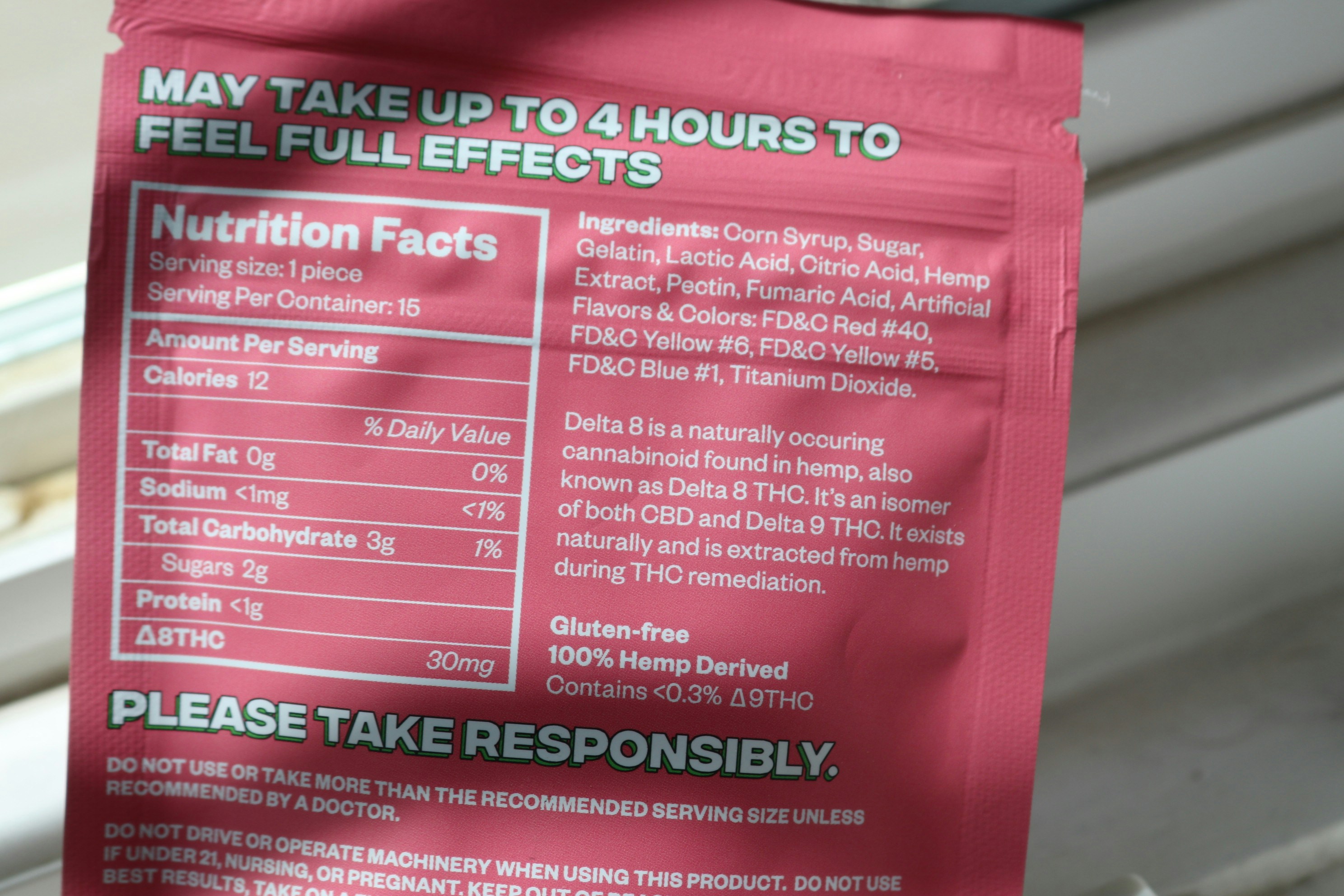


How Menstrual Cycle Impacts on Your Overall Wellness
Last updated: Mar 14, 2024
Wellness
The menstrual cycle is a natural process that significantly affects a woman's health and well-being. By understanding the different phases of the menstrual cycle and the hormonal changes that occur during each phase, you can make informed decisions about your nutrition, exercise, and self-care practices. In this blog post, we'll take a comprehensive look at the four phases of the menstrual cycle and explore how each can impact your physical and emotional wellness.
The Menstrual Phase (Day 1-5 to 7)
The menstrual phase involves the shedding of the uterus lining, accompanied by hormonal changes that can impact energy levels and mood. Some women may experience cramps, headaches, or other physical discomforts during this phase.
Nutrition: Emphasize iron-rich foods, such as leafy greens and lean proteins, to help replenish iron levels that may be lost during menstruation.
Physical Activity: If you experience discomfort during this phase, slightly reduce the intensity or volume of your workouts. Engage in gentle activities such as yoga or walking, which can alleviate discomfort and elevate mood.
Rest: Prioritize sleep and allow for extra rest, respecting your body's need for recovery.
The Follicular Phase (Days 1-13)
The follicular phase starts on the first day of the menstrual period and ends with ovulation. It can be further divided into two parts:
Early follicular phase: This stage overlaps with the menstrual phase and extends a few days beyond the end of bleeding, usually lasting from Day 1 to Day 7-10. During this phase, estrogen and progesterone levels are low.
Late follicular phase: During this phase, estrogen levels rise significantly, leading to the release of the luteinizing hormone (LH) surge, which triggers ovulation. Many women experience improved mood, increased energy, and enhanced cognitive function during the late follicular phase, although individual experiences may vary.
Nutrition: Focus on foods that support hormonal balance, like fruits, vegetables, and whole grains. Incorporate lean proteins and omega-3 fatty acids, found in fish and flaxseeds, to support cell growth and overall health.
Physical Activity: If you experience increased energy in the late follicular phase, consider intensifying your workouts.
Well-being: Engage in activities that foster mental clarity and emotional stability, like meditation.
The Ovulatory Phase (Days 14-16)
Ovulation is the cycle's midpoint when an egg is released. This phase is accompanied by a spike in luteinizing hormone, which may affect libido and testosterone availability.
Nutrition: Maintain a balanced diet, focusing on high-fiber foods, fruits, and vegetables to aid digestion and maintain energy levels. Some women may experience increased appetite during this phase, so be mindful of portion sizes and listen to your body's hunger cues.
Physical Activity: If you find that you have more energy during this phase, you may consider slightly increasing the intensity of your workouts, but be sure to listen to your body and avoid overexertion.
Social Interactions: Utilize your increased confidence and sociability to engage in networking or social events.
The Luteal Phase (Days 17-28)
After ovulation, the body prepares for a potential pregnancy, leading to the luteal phase. If pregnancy does not occur, hormone levels drop, which may lead to PMS symptoms such as bloating, cravings, fatigue, and mood swings.
Nutrition: Address cravings strategically. For example, keep healthier alternatives like dark chocolate handy to satisfy sweet cravings without derailing your diet. Opt for complex carbohydrates and protein-rich foods to maintain satiety and energy.
Physical Activity: If you experience fatigue or discomfort during this phase, slightly reduce the intensity or volume of your workouts.
Stress Management: Consider incorporating gentler forms of movement, such as yoga or walking, or relaxation techniques like meditation or deep breathing to counteract mood swings.
Individual Variations in Menstrual Experiences
It's important to acknowledge that menstruation does not impact every woman in the same way. While some may experience significant symptoms and energy shifts, others might find that their menstrual cycle has minimal impact on their daily lives. You do not need to alter your exercise routine if you don't notice significant shifts in your energy or physical comfort during your menstrual cycle.
Tracking Your Menstrual Cycle
By tracking your menstrual cycle, you can gain valuable insights into how different phases impact your energy levels, mood, and physical symptoms. This information can help you make proactive choices about your nutrition, exercise, and self-care practices, allowing you to work with your body's natural rhythms rather than against them.
Conclusion
The menstrual cycle is more than just a biological process; it's a key component of overall wellness. Whether your cycle brings significant changes or you experience consistency throughout the month, understanding your body's rhythms empowers you to make informed choices for your health. Embrace this knowledge and take proactive steps to live harmoniously with your body's natural processes.
The menstrual cycle is a natural process that significantly affects a woman's health and well-being. By understanding the different phases of the menstrual cycle and the hormonal changes that occur during each phase, you can make informed decisions about your nutrition, exercise, and self-care practices. In this blog post, we'll take a comprehensive look at the four phases of the menstrual cycle and explore how each can impact your physical and emotional wellness.
The Menstrual Phase (Day 1-5 to 7)
The menstrual phase involves the shedding of the uterus lining, accompanied by hormonal changes that can impact energy levels and mood. Some women may experience cramps, headaches, or other physical discomforts during this phase.
Nutrition: Emphasize iron-rich foods, such as leafy greens and lean proteins, to help replenish iron levels that may be lost during menstruation.
Physical Activity: If you experience discomfort during this phase, slightly reduce the intensity or volume of your workouts. Engage in gentle activities such as yoga or walking, which can alleviate discomfort and elevate mood.
Rest: Prioritize sleep and allow for extra rest, respecting your body's need for recovery.
The Follicular Phase (Days 1-13)
The follicular phase starts on the first day of the menstrual period and ends with ovulation. It can be further divided into two parts:
Early follicular phase: This stage overlaps with the menstrual phase and extends a few days beyond the end of bleeding, usually lasting from Day 1 to Day 7-10. During this phase, estrogen and progesterone levels are low.
Late follicular phase: During this phase, estrogen levels rise significantly, leading to the release of the luteinizing hormone (LH) surge, which triggers ovulation. Many women experience improved mood, increased energy, and enhanced cognitive function during the late follicular phase, although individual experiences may vary.
Nutrition: Focus on foods that support hormonal balance, like fruits, vegetables, and whole grains. Incorporate lean proteins and omega-3 fatty acids, found in fish and flaxseeds, to support cell growth and overall health.
Physical Activity: If you experience increased energy in the late follicular phase, consider intensifying your workouts.
Well-being: Engage in activities that foster mental clarity and emotional stability, like meditation.
The Ovulatory Phase (Days 14-16)
Ovulation is the cycle's midpoint when an egg is released. This phase is accompanied by a spike in luteinizing hormone, which may affect libido and testosterone availability.
Nutrition: Maintain a balanced diet, focusing on high-fiber foods, fruits, and vegetables to aid digestion and maintain energy levels. Some women may experience increased appetite during this phase, so be mindful of portion sizes and listen to your body's hunger cues.
Physical Activity: If you find that you have more energy during this phase, you may consider slightly increasing the intensity of your workouts, but be sure to listen to your body and avoid overexertion.
Social Interactions: Utilize your increased confidence and sociability to engage in networking or social events.
The Luteal Phase (Days 17-28)
After ovulation, the body prepares for a potential pregnancy, leading to the luteal phase. If pregnancy does not occur, hormone levels drop, which may lead to PMS symptoms such as bloating, cravings, fatigue, and mood swings.
Nutrition: Address cravings strategically. For example, keep healthier alternatives like dark chocolate handy to satisfy sweet cravings without derailing your diet. Opt for complex carbohydrates and protein-rich foods to maintain satiety and energy.
Physical Activity: If you experience fatigue or discomfort during this phase, slightly reduce the intensity or volume of your workouts.
Stress Management: Consider incorporating gentler forms of movement, such as yoga or walking, or relaxation techniques like meditation or deep breathing to counteract mood swings.
Individual Variations in Menstrual Experiences
It's important to acknowledge that menstruation does not impact every woman in the same way. While some may experience significant symptoms and energy shifts, others might find that their menstrual cycle has minimal impact on their daily lives. You do not need to alter your exercise routine if you don't notice significant shifts in your energy or physical comfort during your menstrual cycle.
Tracking Your Menstrual Cycle
By tracking your menstrual cycle, you can gain valuable insights into how different phases impact your energy levels, mood, and physical symptoms. This information can help you make proactive choices about your nutrition, exercise, and self-care practices, allowing you to work with your body's natural rhythms rather than against them.
Conclusion
The menstrual cycle is more than just a biological process; it's a key component of overall wellness. Whether your cycle brings significant changes or you experience consistency throughout the month, understanding your body's rhythms empowers you to make informed choices for your health. Embrace this knowledge and take proactive steps to live harmoniously with your body's natural processes.
The menstrual cycle is a natural process that significantly affects a woman's health and well-being. By understanding the different phases of the menstrual cycle and the hormonal changes that occur during each phase, you can make informed decisions about your nutrition, exercise, and self-care practices. In this blog post, we'll take a comprehensive look at the four phases of the menstrual cycle and explore how each can impact your physical and emotional wellness.
The Menstrual Phase (Day 1-5 to 7)
The menstrual phase involves the shedding of the uterus lining, accompanied by hormonal changes that can impact energy levels and mood. Some women may experience cramps, headaches, or other physical discomforts during this phase.
Nutrition: Emphasize iron-rich foods, such as leafy greens and lean proteins, to help replenish iron levels that may be lost during menstruation.
Physical Activity: If you experience discomfort during this phase, slightly reduce the intensity or volume of your workouts. Engage in gentle activities such as yoga or walking, which can alleviate discomfort and elevate mood.
Rest: Prioritize sleep and allow for extra rest, respecting your body's need for recovery.
The Follicular Phase (Days 1-13)
The follicular phase starts on the first day of the menstrual period and ends with ovulation. It can be further divided into two parts:
Early follicular phase: This stage overlaps with the menstrual phase and extends a few days beyond the end of bleeding, usually lasting from Day 1 to Day 7-10. During this phase, estrogen and progesterone levels are low.
Late follicular phase: During this phase, estrogen levels rise significantly, leading to the release of the luteinizing hormone (LH) surge, which triggers ovulation. Many women experience improved mood, increased energy, and enhanced cognitive function during the late follicular phase, although individual experiences may vary.
Nutrition: Focus on foods that support hormonal balance, like fruits, vegetables, and whole grains. Incorporate lean proteins and omega-3 fatty acids, found in fish and flaxseeds, to support cell growth and overall health.
Physical Activity: If you experience increased energy in the late follicular phase, consider intensifying your workouts.
Well-being: Engage in activities that foster mental clarity and emotional stability, like meditation.
The Ovulatory Phase (Days 14-16)
Ovulation is the cycle's midpoint when an egg is released. This phase is accompanied by a spike in luteinizing hormone, which may affect libido and testosterone availability.
Nutrition: Maintain a balanced diet, focusing on high-fiber foods, fruits, and vegetables to aid digestion and maintain energy levels. Some women may experience increased appetite during this phase, so be mindful of portion sizes and listen to your body's hunger cues.
Physical Activity: If you find that you have more energy during this phase, you may consider slightly increasing the intensity of your workouts, but be sure to listen to your body and avoid overexertion.
Social Interactions: Utilize your increased confidence and sociability to engage in networking or social events.
The Luteal Phase (Days 17-28)
After ovulation, the body prepares for a potential pregnancy, leading to the luteal phase. If pregnancy does not occur, hormone levels drop, which may lead to PMS symptoms such as bloating, cravings, fatigue, and mood swings.
Nutrition: Address cravings strategically. For example, keep healthier alternatives like dark chocolate handy to satisfy sweet cravings without derailing your diet. Opt for complex carbohydrates and protein-rich foods to maintain satiety and energy.
Physical Activity: If you experience fatigue or discomfort during this phase, slightly reduce the intensity or volume of your workouts.
Stress Management: Consider incorporating gentler forms of movement, such as yoga or walking, or relaxation techniques like meditation or deep breathing to counteract mood swings.
Individual Variations in Menstrual Experiences
It's important to acknowledge that menstruation does not impact every woman in the same way. While some may experience significant symptoms and energy shifts, others might find that their menstrual cycle has minimal impact on their daily lives. You do not need to alter your exercise routine if you don't notice significant shifts in your energy or physical comfort during your menstrual cycle.
Tracking Your Menstrual Cycle
By tracking your menstrual cycle, you can gain valuable insights into how different phases impact your energy levels, mood, and physical symptoms. This information can help you make proactive choices about your nutrition, exercise, and self-care practices, allowing you to work with your body's natural rhythms rather than against them.
Conclusion
The menstrual cycle is more than just a biological process; it's a key component of overall wellness. Whether your cycle brings significant changes or you experience consistency throughout the month, understanding your body's rhythms empowers you to make informed choices for your health. Embrace this knowledge and take proactive steps to live harmoniously with your body's natural processes.
Stay informed
Sign up for our newsletter to receive wellness content and updates related to Amelia.
Sign up for our newsletter to receive wellness content and updates related to Amelia.
More content



The Power of Protein



Making Sense of Nutrition Labels



Healthy Snacking Options: Ideas for Nutritious and Satisfying Snacks.



Understanding the Impact of Your Menstrual Cycle on Strength Performance



Your Essential Health and Fitness Guide: Cutting Through the Noise



The Real Scoop on Low-Fat vs. Low-Carb Diets